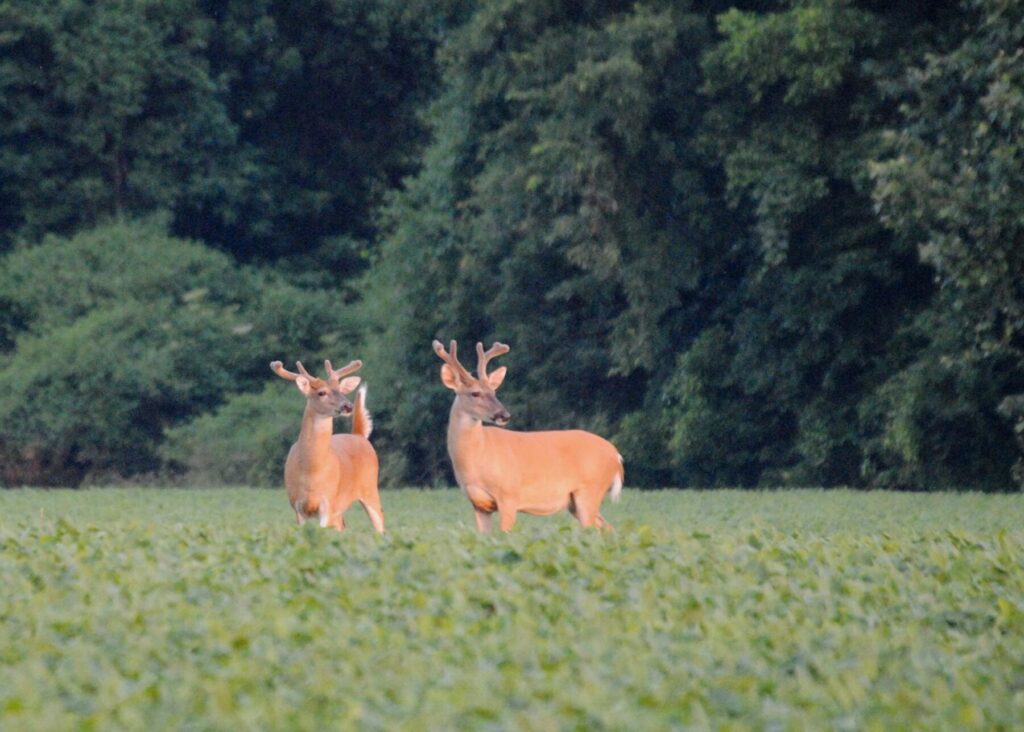
As we gear up for hunting season, now is a great time to start thinking about your food plot strategy. While many folks are eager to plant cool-season forages like oats, wheat, and rye, it’s still too hot in most areas during early bow season for those crops to establish well. That’s where buckwheat steps in as a perfect warm-season option.
What Makes Buckwheat a Smart Choice?
Buckwheat is a fast-growing warm-season annual that matures in just 65 to 85 days. It grows well in a wide range of soils and doesn’t require heavy fertilization. It’s also highly attractive to deer—and not just deer. Turkeys, rabbits, and songbirds will also benefit, and its blooms are a magnet for pollinators like bees.
One of the biggest advantages of buckwheat is that deer can start grazing it just 35 to 45 days after planting. That makes it ideal for filling the forage gap in late summer and early fall when native browse may be limited and cool-season plots haven’t yet taken off.
Pairing with Grain Sorghum
Buckwheat also pairs well with grain sorghum, another warm-season species that offers similar grazing benefits. This combination helps diversify your plot, gives deer more forage choices, and supports consistent grazing through the early part of the hunting season.
Planting Tips for Buckwheat
Here are a few guidelines to help you get your buckwheat plot off to a good start:
- When to plant: Typically from May through June, but in the Southeast, planting can extend into July or early August if there’s enough moisture.
- Seeding rate: 40 pounds per acre if drilled, or 60 pounds per acre if broadcast.
- Seed depth: ¼ to ½ inch deep.
- Fertilizer: Apply 300 pounds per acre of 10-10-10 or 200 pounds per acre of 14-4-14 at planting.
Managing Buckwheat as the Season Changes
As we move into fall, buckwheat offers flexibility. You can terminate it early as temperatures start to cool in order to plant your cool-season forages. Or you can let it stand until the first frost kills it naturally. Either way, it transitions smoothly into fall planting, whether you’re putting in clover, brassicas, or cereal grains.
Final Thoughts
Buckwheat is one of the easiest and most rewarding warm-season crops you can plant for wildlife. It’s quick, low-maintenance, and provides excellent forage just when deer need it most. Whether you’re new to food plots or just looking to try something different, buckwheat is definitely worth considering.
For more information on planting and managing wildlife food plots, check out Mississippi State University’s Supplemental Wildlife Food Planting Manual for the Southeast or visit the MSU Deer Lab website.